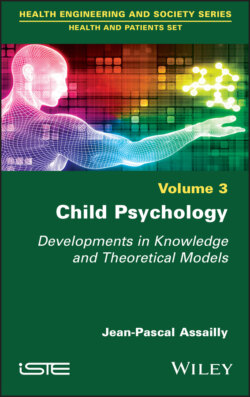Читать книгу Child Psychology - Jean-Pascal Assailly - Страница 30
1.4.1. The origins and trajectories of adaptation
ОглавлениеWe need to understand the steps and mechanisms that lead to the final state. There is an “arborescence” of paths or trajectories that start from birth and can then schematically intersect with a four-entry table of cases:
– continuity of positive factors leading to adaptation (fulfillment);
– continuity of negative factors leading to problems (chronicity);
– initially positive situation which then deteriorates (trouble);
– initially negative situation which then improves (resilience).
The same point of arrival can thus be reached by two different paths, two different developmental processes, which is expressed as the “equifinality” concept. For example, when two children become delinquent, it may be for completely different reasons and not for the same cause.
Conversely, two different futures (or associated futures, as in comorbidity) can have the same starting point, which we will express as the “multiple purposes” concept. Such mechanisms are not specific to child psychology; they can be seen at work in neurobiology, genetics, etc.
Risk factors are those variables that increase the likelihood of the onset, exacerbation or maintenance of a condition.
There are three types of protective factors, those internal or external resources that modify or mitigate the impact of risk factors: dispositional protective factors (temperament, social orientation, cognitive skills and coping skills); protective factors from the family environment (such as relationships and supervision) and protective factors from the extra-familial environment (such as social support).
Of course, these factors work in combination. Two powerful and classically observed protective factors are: having a good relationship with at least one adult caregiver and having good intellectual abilities.
Risk and protective factors operate either in an “additive” (simple, direct effect of a risk factor) or an “interactive” (protective factors play only in interaction with risk factors: they come into play less when stress is low, much more when stress is high) model.
In an additive model, what is important is the notion of cumulative risk factors. It is often observed that it is the accumulation of several stresses rather than a single family stress that causes serious consequences. There is therefore a threshold effect beyond which the child’s resistance gives way.
In an interactive model, certain risk factors only come into play in the presence or absence of another risk factor, as do protective factors: for example, a child’s difficult temperament only produces harmful effects if it is combined with a mother’s rejection. Another example: poverty and exclusion have a more negative impact on native-born children than on immigrants, because the latter develop more solidarity strategies.
